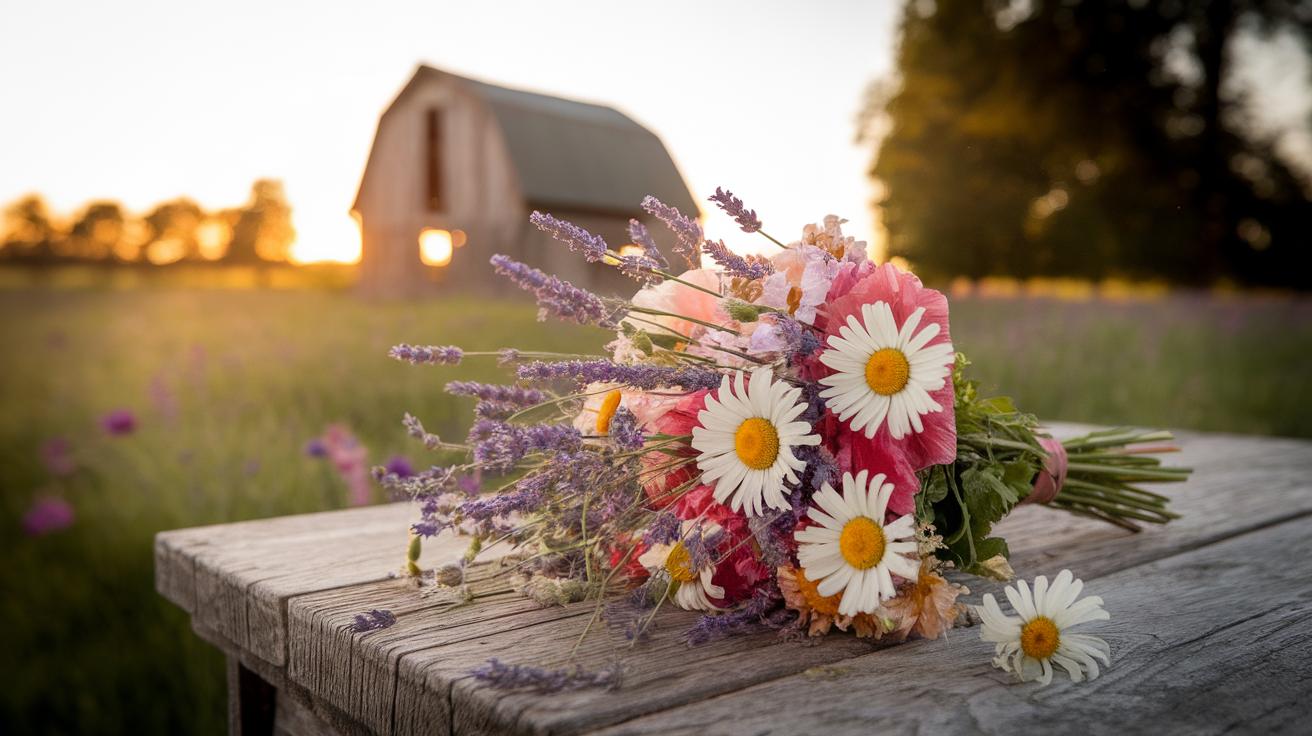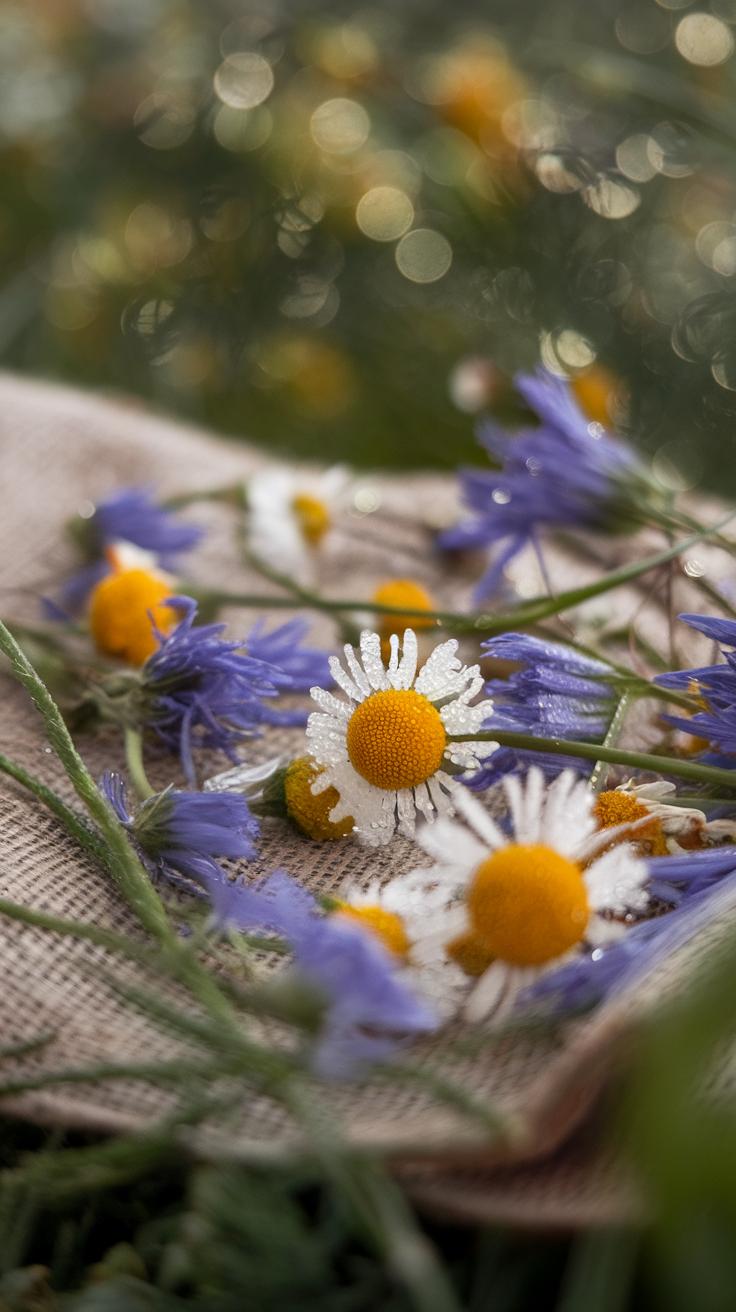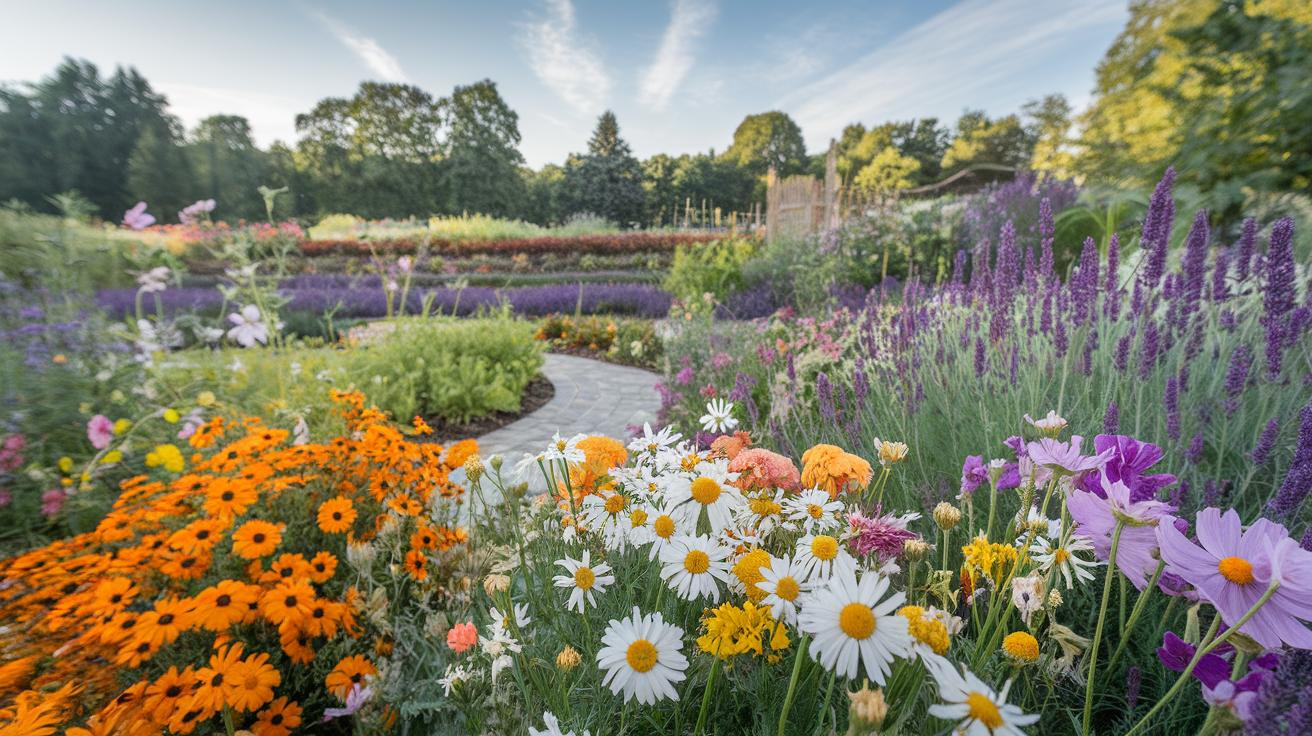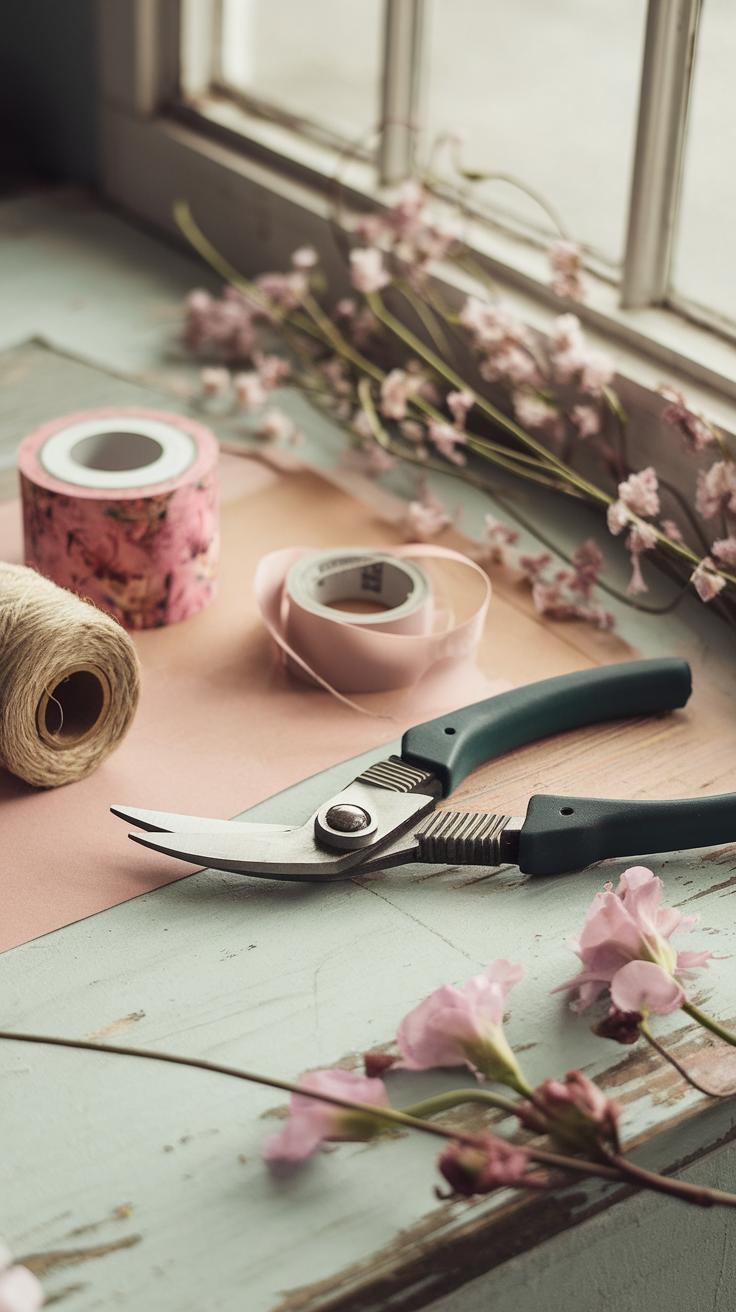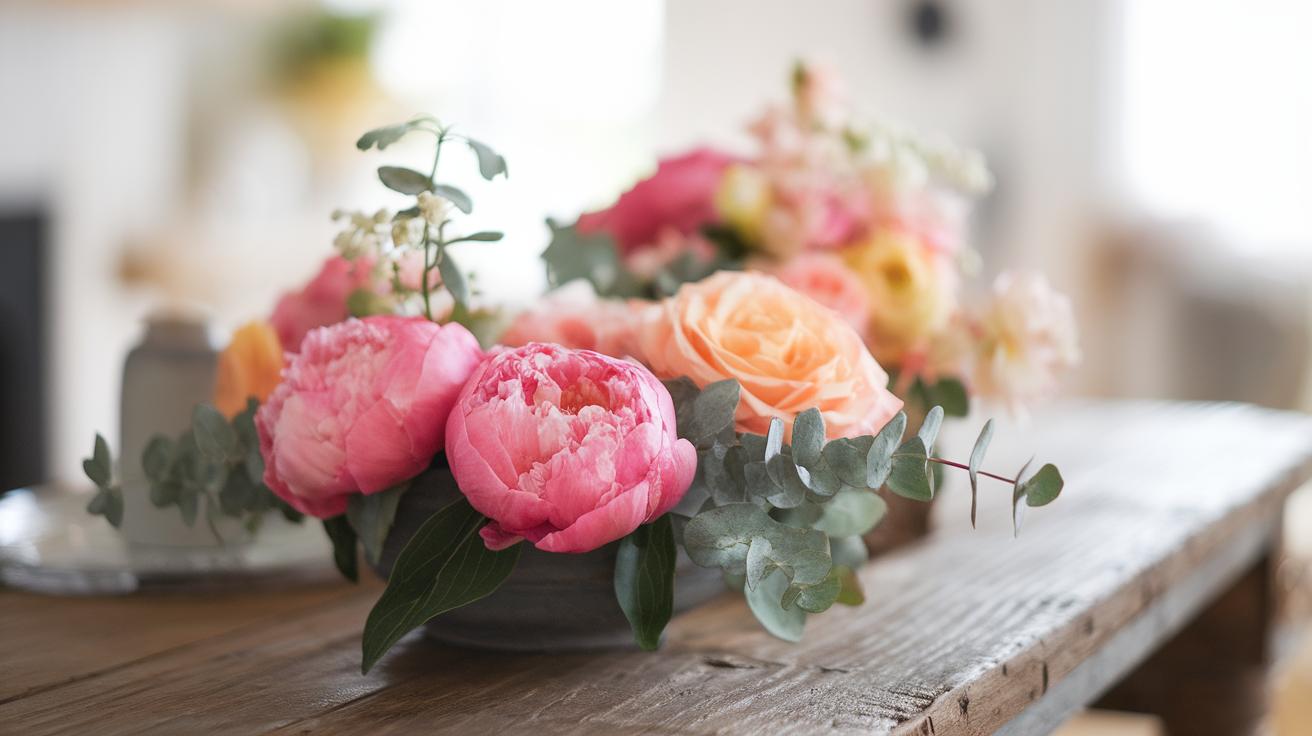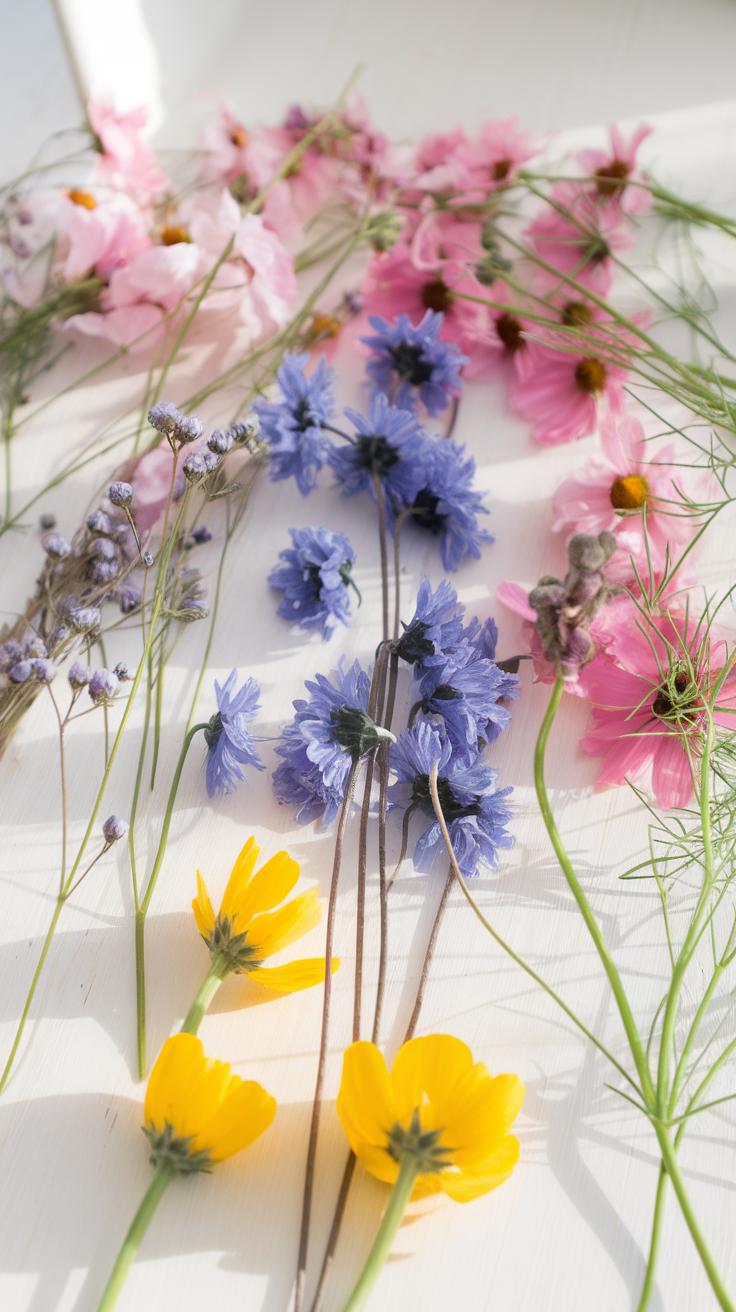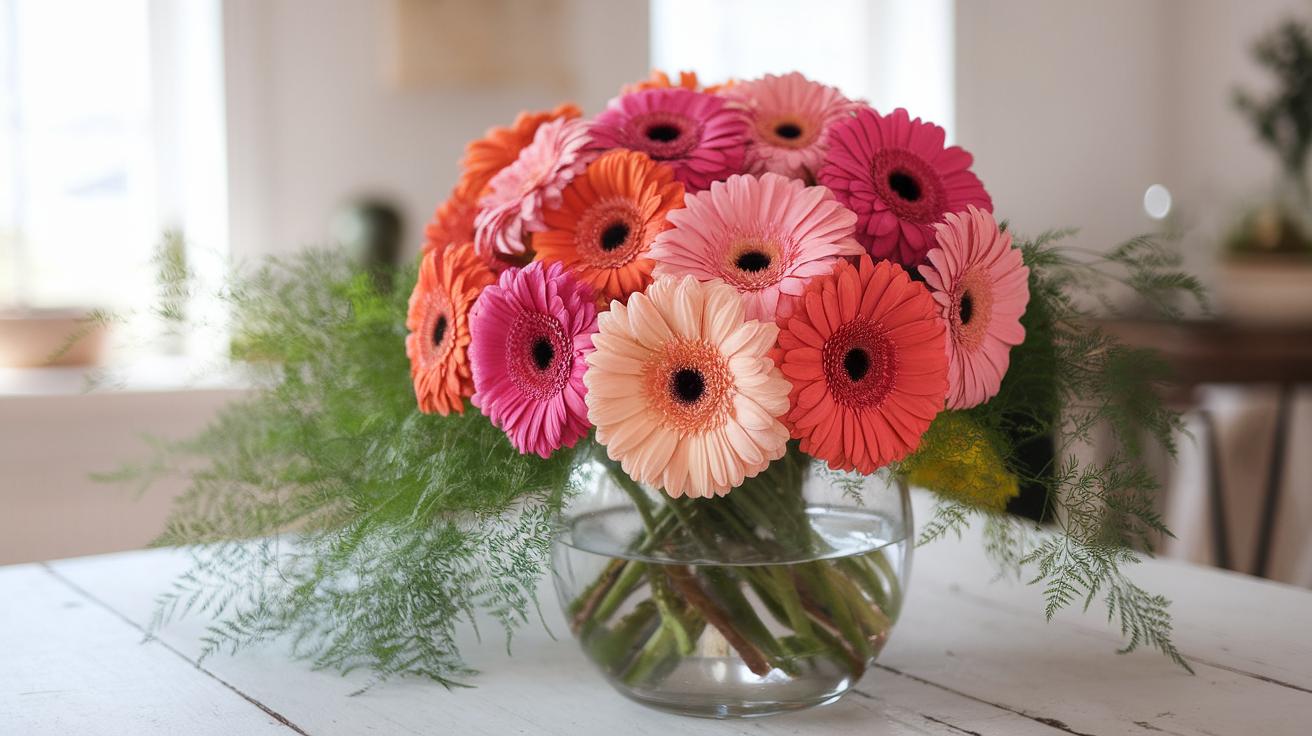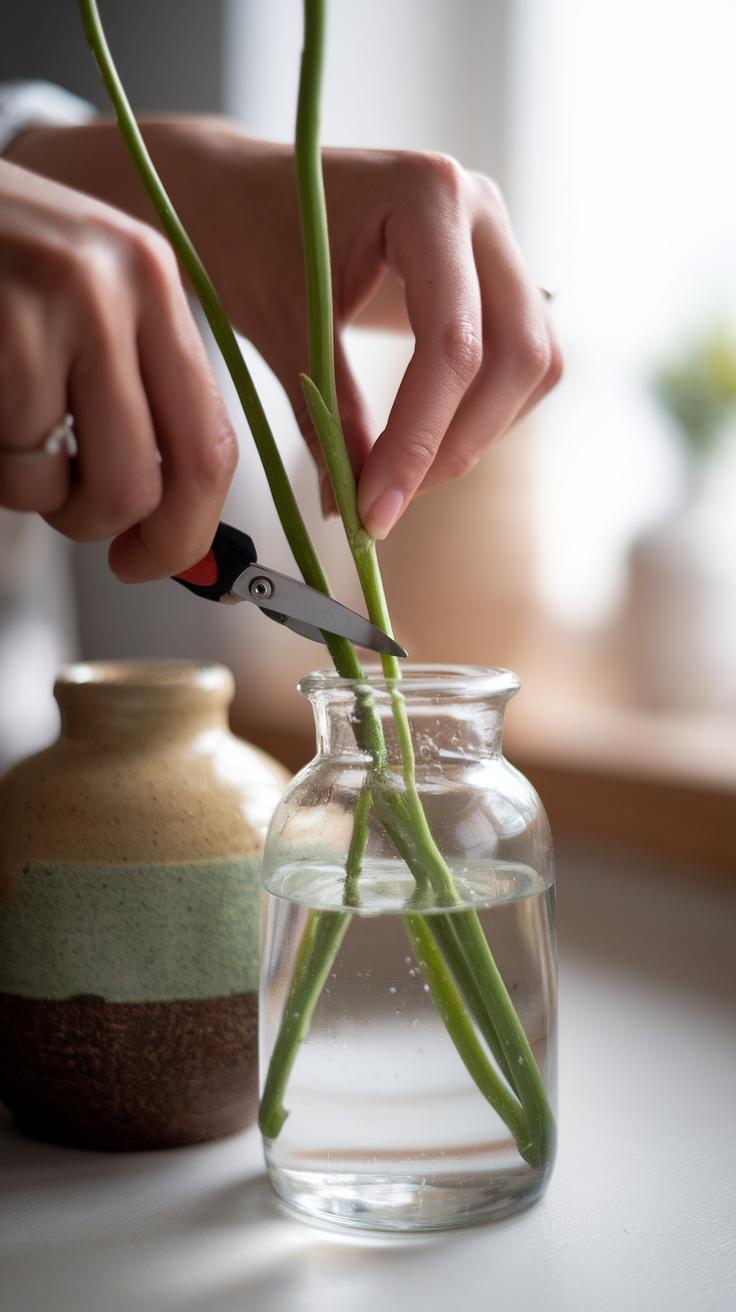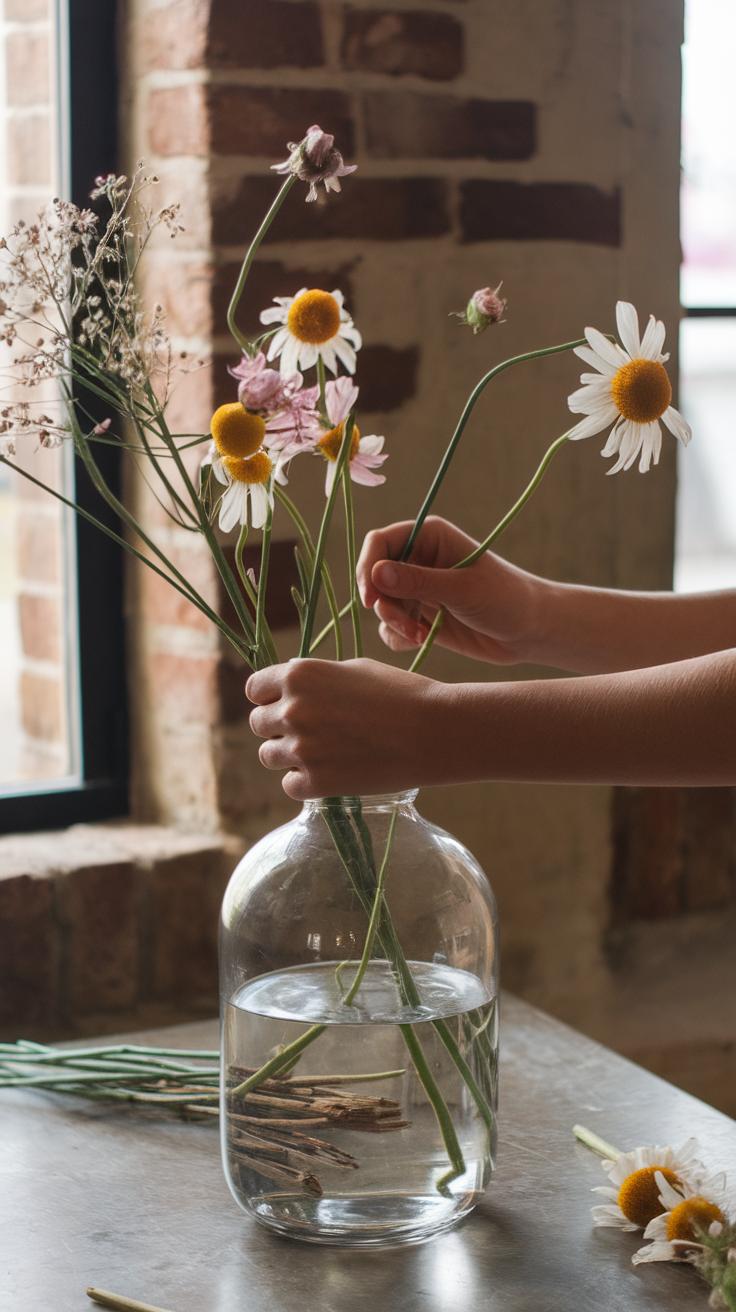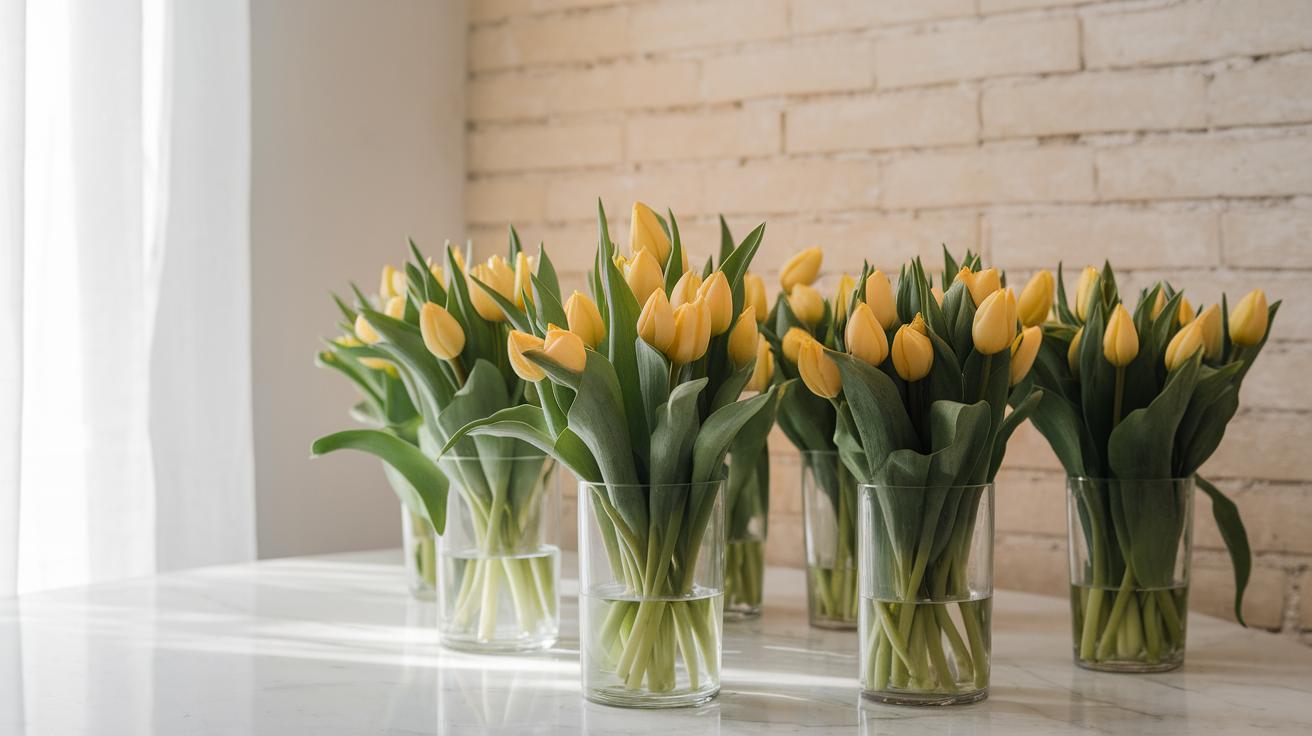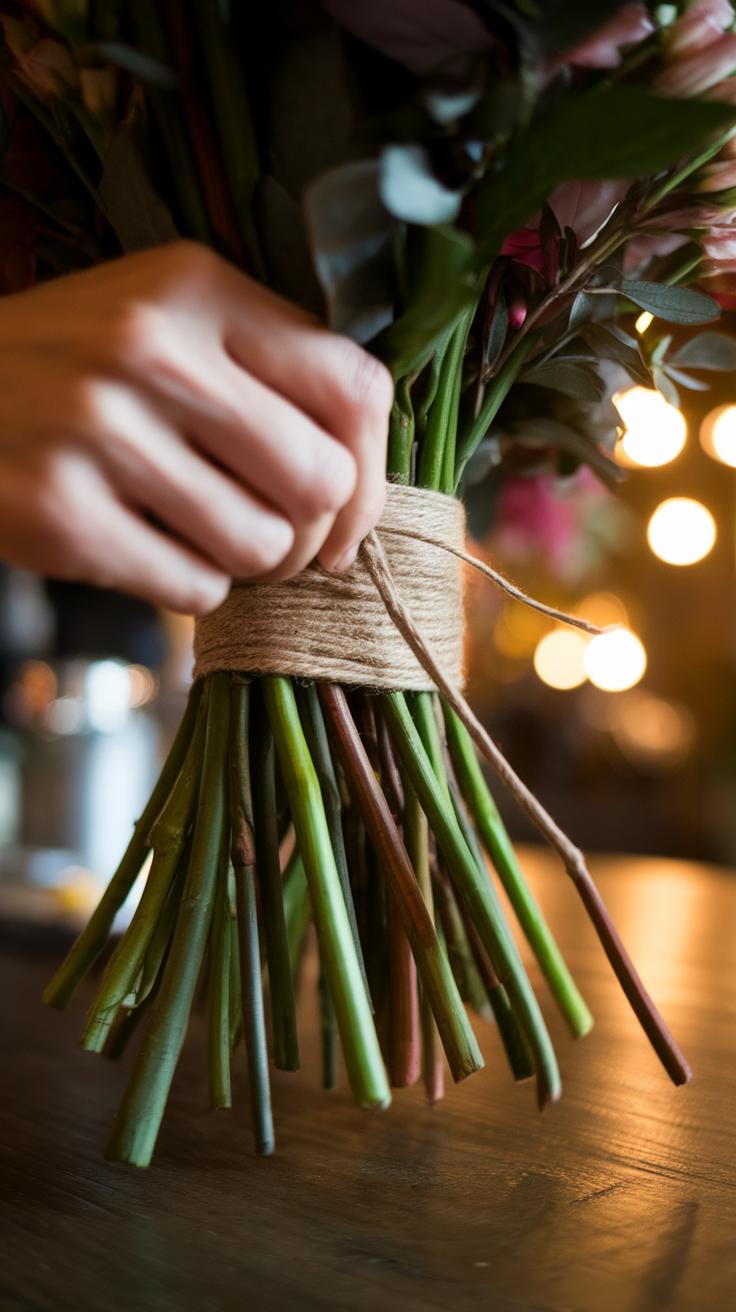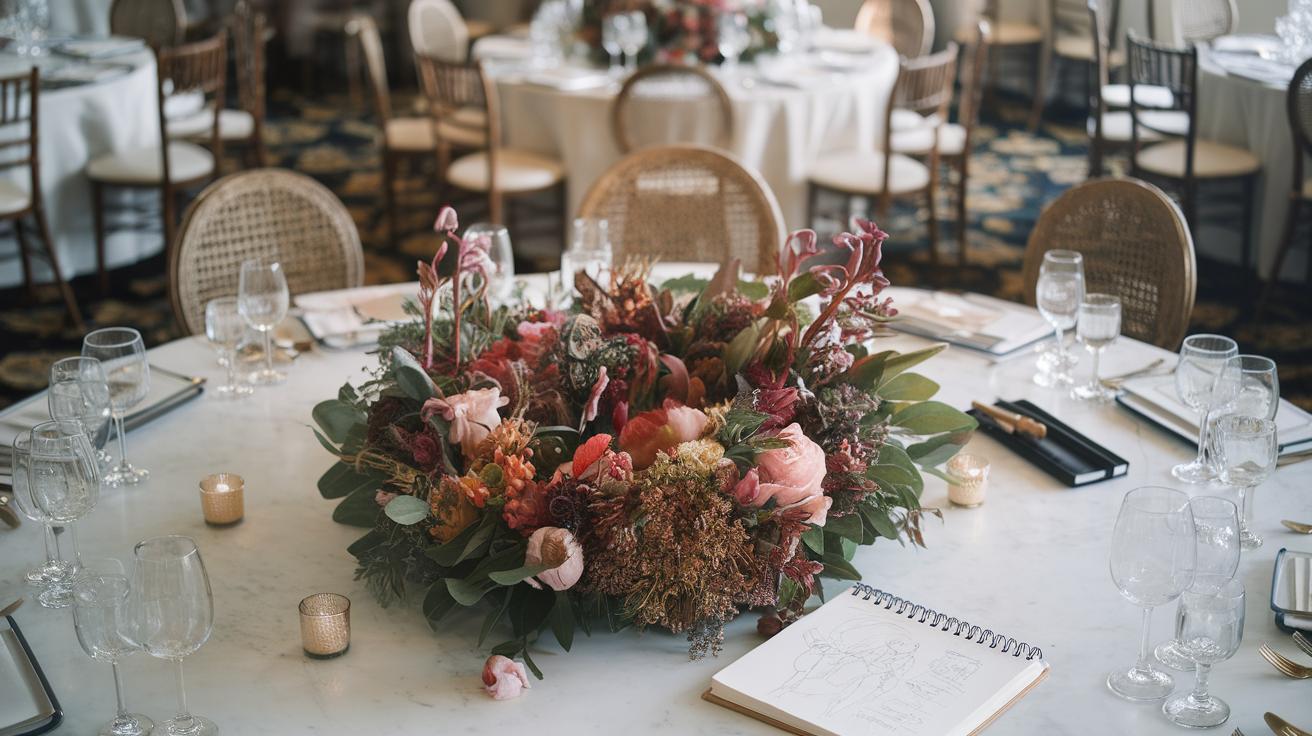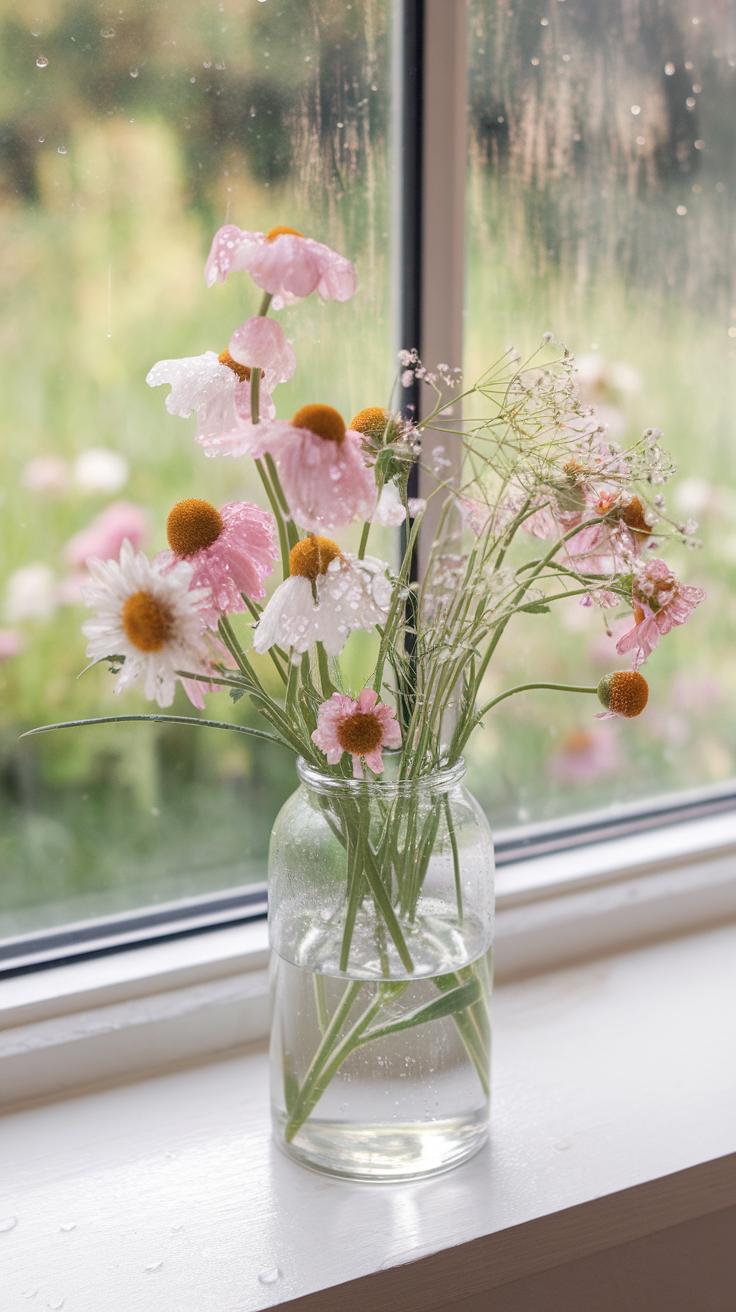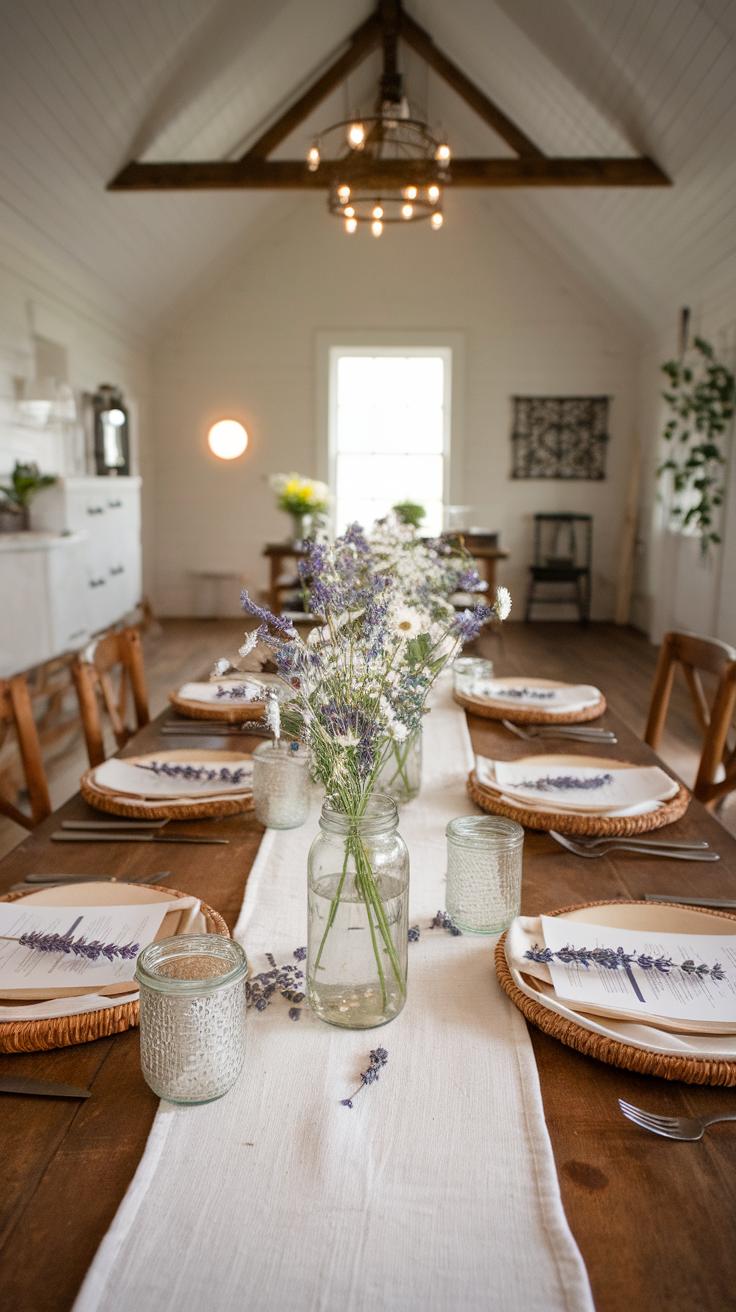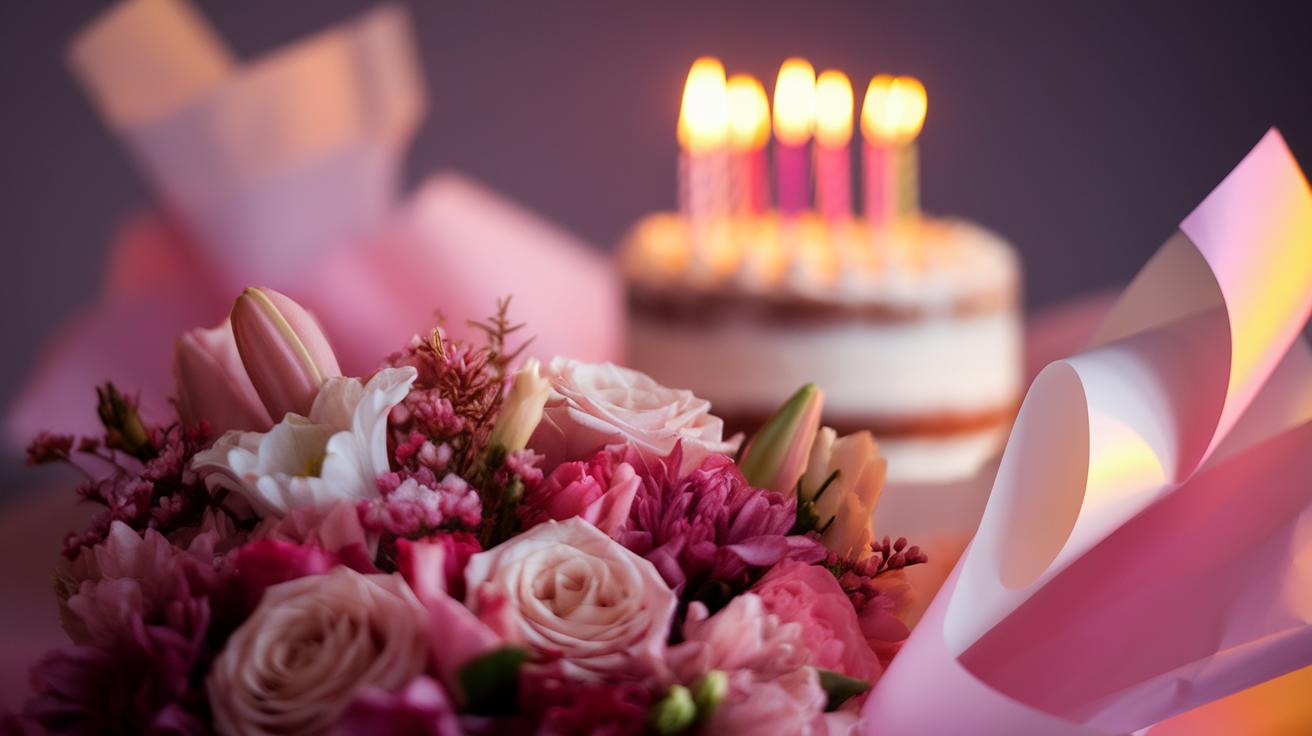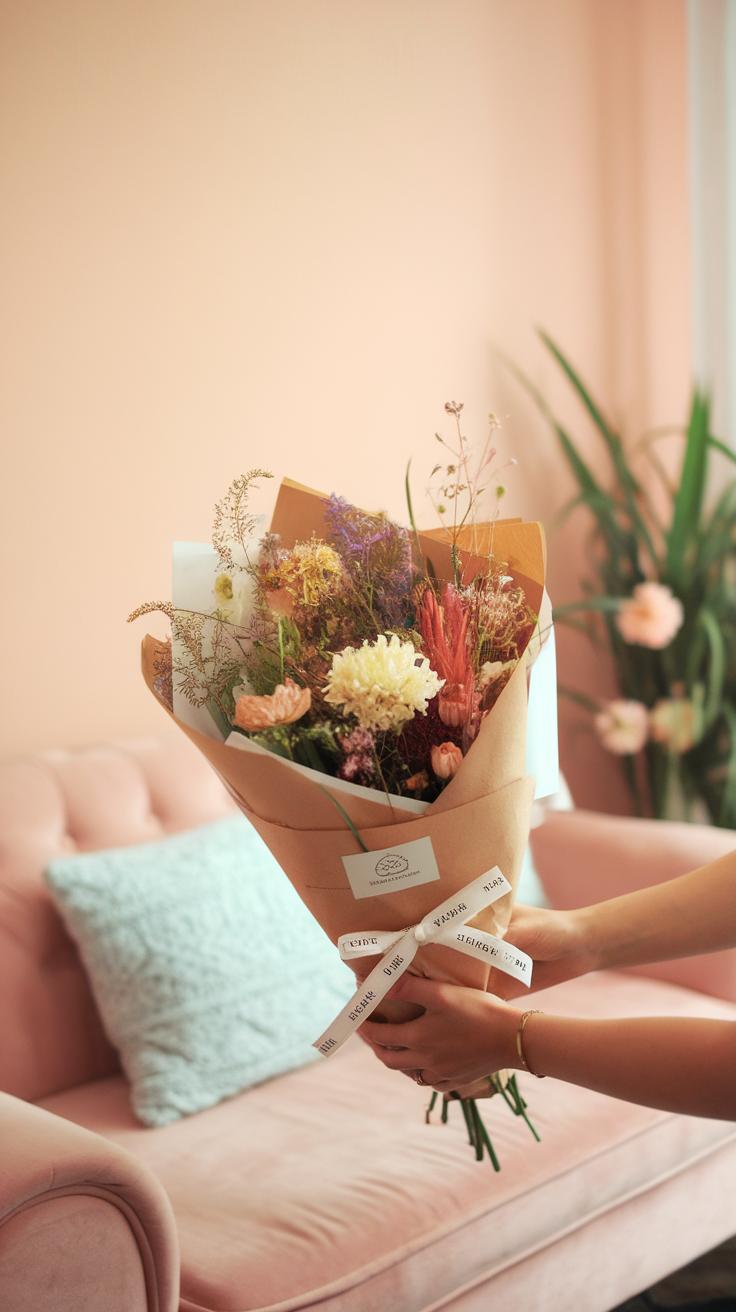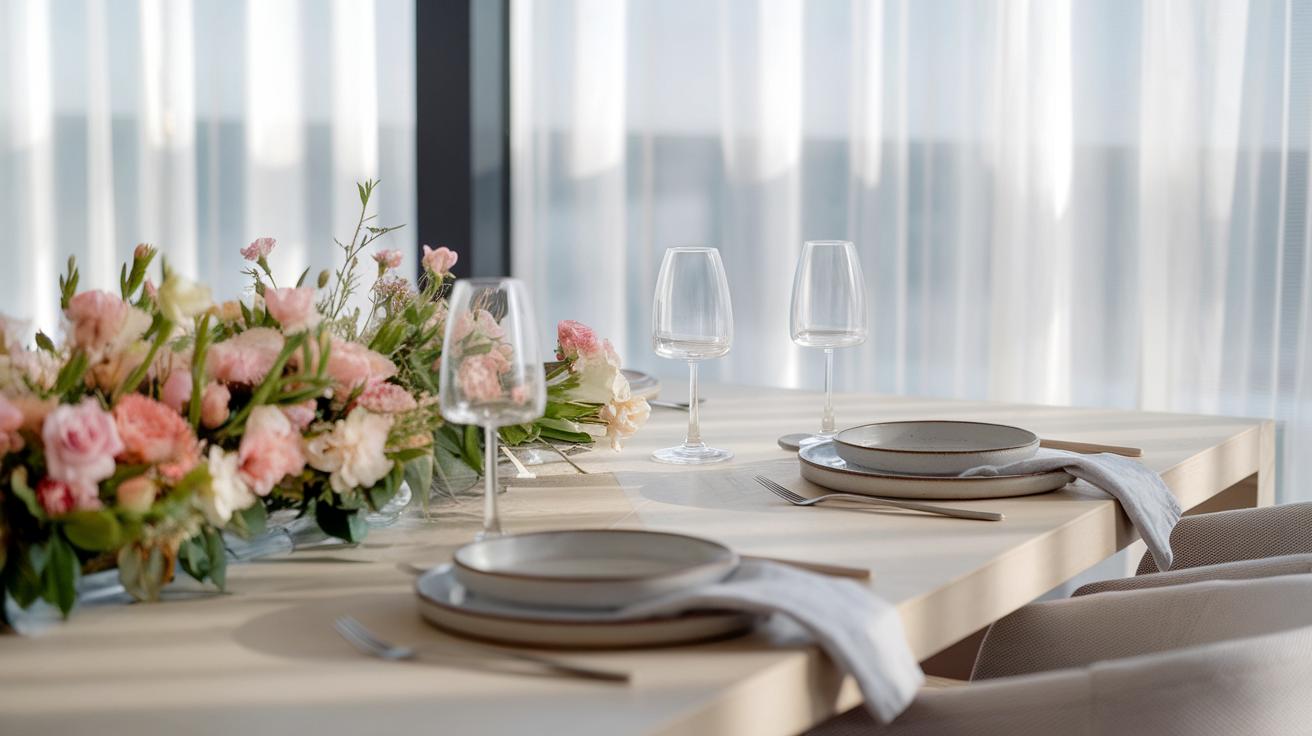Introduction
Creating a wildflower bouquet can add a touch of nature to your space. This simple craft celebrates the vibrant colors and diverse structures found in wildflowers. With just a few steps, you can put together a bouquet that brightens any room. You will use easily available flowers and basic tools, making this an accessible project for everyone.
The process of crafting a wildflower bouquet is not just about aesthetics. It encourages you to appreciate the natural beauty around you. Gathering flowers can be a relaxing outdoor activity with friends and family. By the end of this guide, you will know how to create your own beautiful bouquet, enhancing your home or giving a personal gift to someone special.
Understanding Wildflowers
Wildflowers come in many varieties, each with unique features that make them appealing for bouquets. Popular choices include daisies, sunflowers, and poppies. Daisies bring a simple charm with their white petals and yellow centers. Sunflowers stand out with their large, bold yellow heads, symbolizing warmth. Poppies add a delicate touch with their vibrant colors and papery texture.
These plants thrive in different conditions. Daisies generally prefer sunny locations with well-drained soil. Sunflowers grow best in full sun and require space to spread their roots. Poppies like cool weather and well-drained earth as well. Understanding these needs can help you grow a lovely array of wildflowers in your garden.
Which wildflowers resonate with you? Consider how their colors and shapes can enhance your living space. Choosing the right combinations can create a stunning bouquet that brightens up your home.
Tools You Will Need
Crafting a rustic wildflower bouquet requires specific tools and materials. Each item plays a vital role in creating a stunning arrangement. Start with a pair of sharp garden shears or scissors. These help you cut flowers cleanly without damaging the stems. A clean cut allows for better water absorption.
Next, gather a sturdy vase to hold your bouquet. Glass or ceramic vases work well, as they provide stability. You might also want floral tape or wire. These can help secure stems in place, especially if you’re working with different heights. A floral foam block can give extra support and hydration.
You will need a bucket filled with water. Keeping flowers hydrated before arranging them is essential for freshness. Don’t forget to include a cleaning cloth or paper towels to wipe off any spills. Each tool enhances the bouquet-making experience, so ensure you have everything ready. What tools do you already have at home that can be useful?
Choosing Your Flowers
Picking the Perfect Blooms
Selecting wildflowers for your bouquet requires thoughtful consideration of both color and texture. Start by analyzing your space. Do you want bright colors to pop or softer tones to create calmness? For a vibrant look, consider sunflowers, zinnias, and cosmos. These flowers offer lively hues that draw the eye.
Combining different flower types adds depth. Mix flowers of varying heights. For instance, pair tall lupines with shorter daisies and clover. This variety creates interest in your arrangement. You might also think about seasonal flowers. If it’s spring, wildflowers like bluebells or buttercups can add freshness to your bouquet.
Creating Color Harmony
Crafting a cohesive color scheme matters. Think about complementary colors. For example, pairing yellow and purple can create stunning contrast. If you’re unsure, a color wheel can guide you in choosing harmonious combinations. Which color scheme feels right for your home?
Try to be adventurous. Mixing unexpected colors can lead to beautiful results. Feel free to combine wildflowers with different shapes and sizes. This approach captures the essence of a natural, rustic bouquet. Your goal is to reflect your personal style while celebrating the beauty of nature.
Preparing Your Flowers
Steps to Cut and Condition
Start by selecting wildflowers carefully. Cut them in the morning when they are fresh and hydrated. Use sharp, clean scissors to avoid damaging the stems. Cut each stem at a 45-degree angle. This angle helps the flower absorb more water.
After cutting, remove any leaves that will sit below water. Leaves in water can cause bacteria to grow, which shortens the flowers’ lifespan. Fill a clean bucket with water and place the flowers inside immediately. This keeps them hydrated as you prepare your arrangement.
Condition your flowers once you return home. Trim the stems again, placing them in water for at least one hour. You can add a floral preservative to help maintain freshness. This simple step can make a big difference in how long your bouquet lasts.
Arranging the Bouquet
Begin by taking your prepared wildflowers and laying them out on a flat surface. This step helps you visualize your bouquet. Choose a focal flower, which can be larger or a bolder color. Hold this flower in one hand to anchor your design.
Next, pick up a few complementary flowers. Keep them at different heights and angles. This creates a natural look. Arrange the flowers around your focal point, allowing the stems to overlap slightly. You want a balanced appearance, so step back and assess your work regularly.
Include some greenery to add volume. Green leaves not only fill spaces but also enhance the overall texture. Shift flowers as needed until you achieve a pleasing shape. Keep adjusting until it feels right.
As you finish, ask yourself if the arrangement feels cohesive. Does it capture the rustic essence you’re going for? Take your time. This process is about making something beautiful that reflects your style.
Final Touches
To give your rustic wildflower bouquet a polished finish, start by securing it with floral tape. Take the tape and wrap it tightly around the stems, just below the blooms. This ensures that your arrangement stays intact. It’s best to wrap from the bottom and work your way up, allowing for better stability. Make sure you leave enough stem length for placing the bouquet into a vase later.
After securing the bouquet, add decorative elements to enhance its rustic charm. You might choose to tie a piece of twine or burlap around the stems. This adds texture and complements the wildflower look. Consider adding small pinecones, dried herbs, or even feathers for a more natural feel. What touches make your bouquet unique? Show your personality through these final accents.
Caring for Your Bouquet
Once you have created your rustic wildflower bouquet, caring for it correctly will help it stay fresh and vibrant. Start by trimming the stems at an angle. This allows for better water absorption. Use sharp scissors or shears to prevent damage.
Fill a clean vase with fresh water. Change the water every two days. Dirty water promotes bacteria growth, leading to wilting. Keep the bouquet in a cool area, away from direct sunlight and heat. Sunlight can dry out the flowers quickly.
If any flowers begin to wilt, remove them immediately to preserve the rest of the bouquet. Adding flower food can also help. If you don’t have any, a little sugar and a few drops of bleach in the water can serve as a substitute.
Consider placing your bouquet in a spot where you can enjoy it daily. This will also remind you to check on the water level and condition of the flowers. How long can you keep that beautiful bouquet alive with just a little care?
Using Wildflower Bouquets in Decor
Wildflower bouquets can breathe life into your home decor. They offer a natural touch that brightens any space. Consider placing a vibrant bouquet on your dining table. It creates a warm and inviting atmosphere for family meals. You might also try adding a smaller arrangement to your desk. This can improve your mood as you work.
Another option involves using wildflower bouquets as centerpieces during gatherings. Choose a rustic vase to complement the natural look. It draws attention and sparks conversation. Have you thought about using dried wildflower bouquets? They can last for months and require less maintenance. You might hang them in a sunny corner or display them on a shelf.
Think about the season, too. In spring, display fresh blooms in pastel colors. In fall, use deeper hues and dried varieties to reflect the changing landscape. How do you want your space to feel? Let your wildflower bouquets guide your choices, enhancing the beauty of your home.
Gifting a Wildflower Bouquet
Presenting a wildflower bouquet can be a heartfelt gesture. Start by choosing a selection that feels personal to the recipient. Think about their favorite colors or types of flowers. You might select vibrant sunflowers, delicate daisies, or fragrant lavender. Each flower carries its own meaning. Consider sharing these meanings with your gift.
Wrap the bouquet in simple brown kraft paper or a rustic cloth. This adds a personal touch and keeps it natural. You can tie it with twine or ribbon for an extra flair. Include a handwritten note. Your thoughts will make the bouquet more meaningful.
During the gift-giving, share a special memory connected to the bouquet. This will help create a deeper bond. Ask the recipient where they plan to display the flowers. Offering suggestions can deepen your connection to them and the gift.
Conclusions
Making a wildflower bouquet is a rewarding and enjoyable experience. It allows you to connect with nature and express your creativity. Remember, the essence of crafting a beautiful arrangement lies in the choice of flowers and the techniques you use. Each bouquet can tell a unique story of the season and your garden.
As you practice, experiment with different flowers and arrangements. You may find joy in personalizing your bouquets to match occasions or moods. Embrace your creativity and have fun while creating your rustic wildflower bouquet, one bloom at a time.

